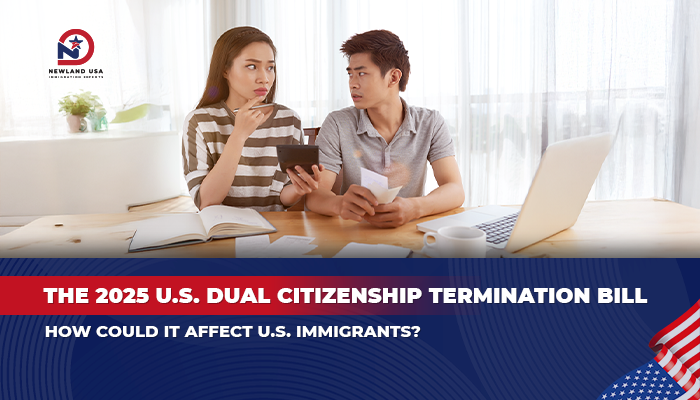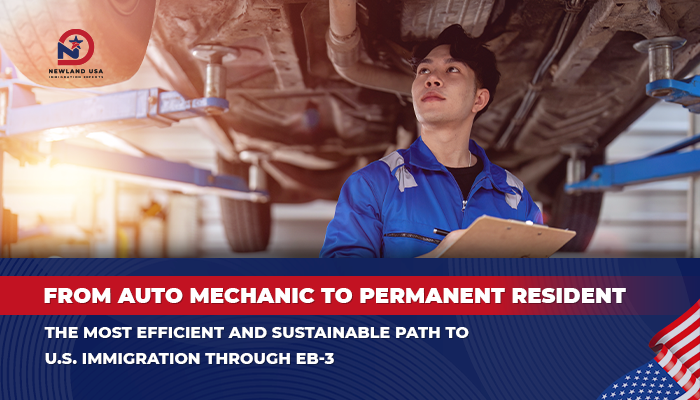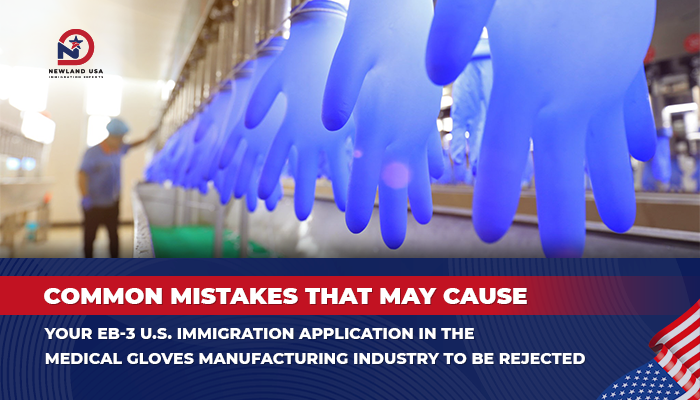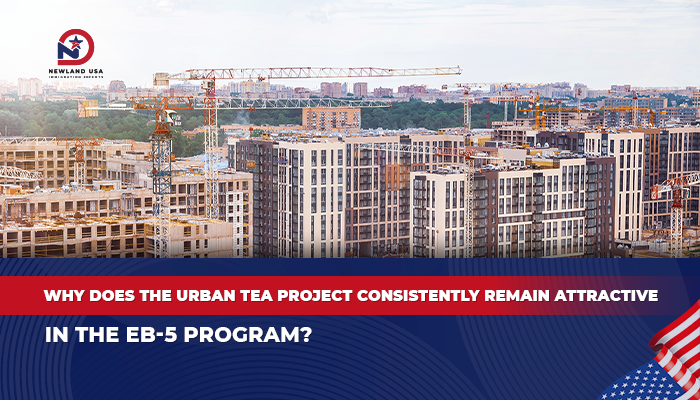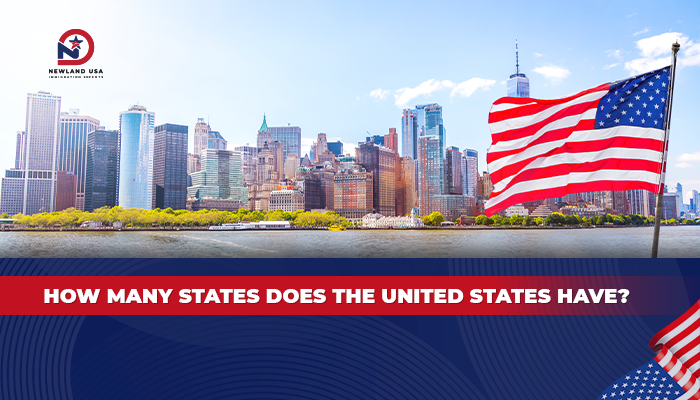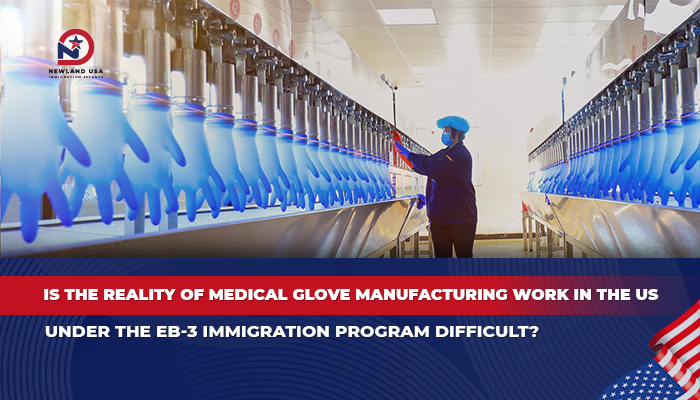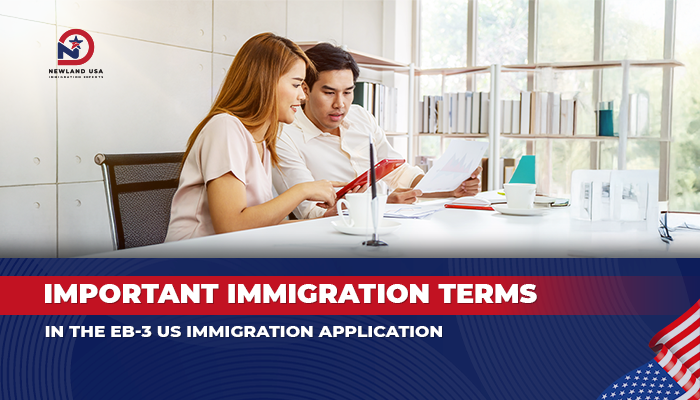Latest Payment Methods for US Visa Fees 2025

Starting in October 2025, USCIS officially eliminated paper check and money order payment methods, switching to more modern electronic payment systems. This is important information that anyone planning to immigrate to the US needs to understand in order to prepare their immigration application in the most convenient way. This article from Newland USA will help you understand the accepted US visa fee payment methods and how to prepare to avoid unnecessary risks.
1. Important Changes in Fee Payment from USCIS
The US Citizenship and Immigration Services (USCIS) has announced a new policy that significantly impacts all US visa applicants. Effective October 28, 2025, traditional payment methods such as paper checks and money orders will no longer be accepted.
This decision was made to comply with Federal Executive Order 14247 on modernizing the public payment system. The goal is to create a faster, more transparent, and secure visa fee processing system, while minimizing risks related to fraud and lost applications.
According to USCIS data, over 90% of fees are still currently paid by check and money order. This not only causes delays in processing but also increases the risk of lost documents during mail transit. Matthew J. Tragesser, USCIS spokesperson, emphasized that the agency has a responsibility to operate the system in the most efficient and secure way for the public.
2. Accepted Payment Methods Starting in 2025
2.1. Method 1: ACH Transfer via Form G-1650
This is a new payment method that USCIS has implemented and encourages using. Applicants can use Form G-1650 (Authorization for ACH Transactions) to authorize USCIS to directly debit money from their US bank account.
This method offers many superior benefits:
- Fast processing speed: Transactions are confirmed immediately instead of waiting for checks to be delivered and processed
- Reduced risk: No more worries about checks being lost during shipping
- Easy tracking: Applicants can check payment status directly on their bank account
- More secure: Minimizes fraud risks compared to paper payment methods
To use this method, applicants need to have an active US bank account. Account information will be filled out on Form G-1650 and submitted with the immigration application.
2.2. Method 2: Credit Card Payment via Form G-1450
For those who do not yet have a US bank account, USCIS continues to accept payment via credit or debit card through Form G-1450. This is a suitable option for:
- People living in Vietnam who are preparing immigration applications remotely
- Those who don’t have a US bank account but have an international payment card
- Cases requiring urgent payment and wanting quick confirmation
Note that applicants need to ensure the card has sufficient credit limit and is still valid when USCIS processes the transaction. If the card is declined or the transaction fails, your immigration application may be returned or delayed.
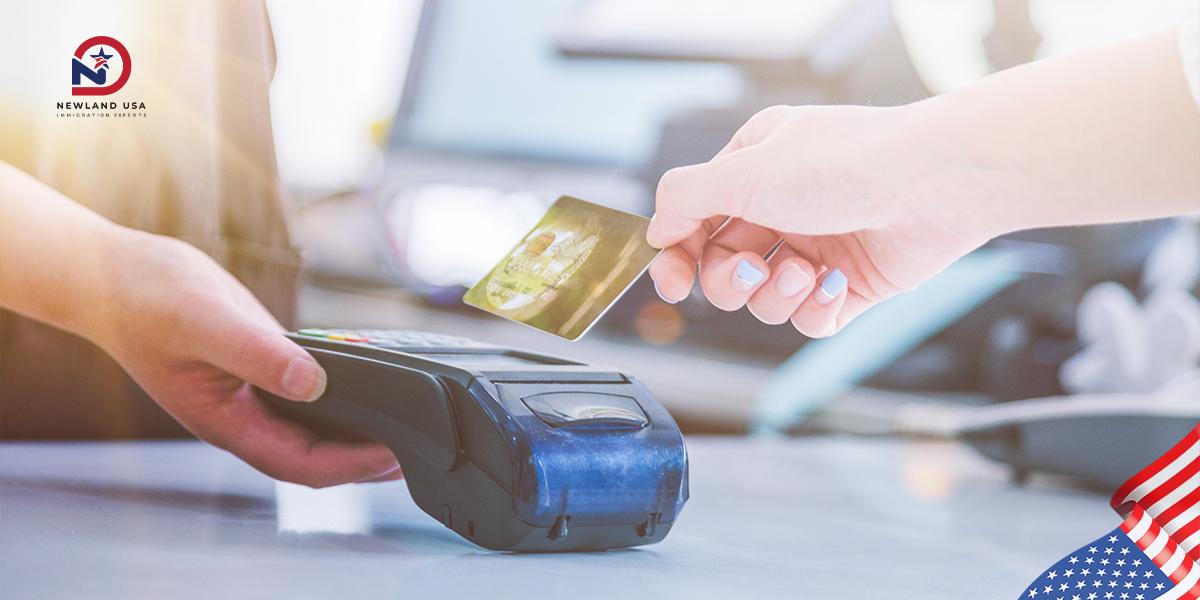
3. Impact of This Change on Applicants
3.1. For Individuals and Families
The transition to electronic payment methods brings many conveniences for US visa applicants:
Reduced waiting time: Previously, sending checks via international mail could take 2-4 weeks. Now with electronic transactions, this time is reduced to just a few days.
More transparent: Applicants can clearly track visa fee payment status through bank statements or USCIS’s online system.
More secure: No need to worry about checks being lost or misused during shipping.
However, this change also presents certain challenges. People new to the US or unfamiliar with the US banking system may face initial difficulties. Therefore, preparing early and learning thoroughly about payment methods is extremely important.
3.2. For Labor-Sponsoring Businesses
US companies recruiting foreign workers through programs like EB3 will benefit significantly from the new policy:
Faster sponsorship process: Quick visa fee processing helps shorten the overall timeline of the labor sponsorship process.
Better management: For businesses with multiple simultaneous sponsorship cases, managing electronic payments is much easier and more accurate than tracking dozens of paper checks.
Reduced errors: Electronic payment helps minimize manual errors such as writing incorrect amounts, missing signatures, or unclear information on checks.
HR and finance departments need to update work processes and train employees on how to correctly fill out Forms G-1650 and G-1450.
4. Important Notes When Preparing Payment
4.1. Check Account Balance
Before submitting your immigration application, the most important thing is to ensure your bank account or credit card has sufficient balance for payment. If the transaction is declined due to insufficient funds, your application will be returned and you’ll have to resubmit from the beginning, wasting time and effort.
4.2. Prepare US Bank Account Early
For people in Vietnam planning to immigrate to the US, opening a US bank account can be difficult. However, you can:
- Ask relatives or friends already living in the US for support
- Research banks that allow remote account opening
- Prepare an international credit card as a backup plan
4.3. Store Confirmation Documents
After completing visa fee payment, carefully keep confirmation documents such as:
- Copy of completed Form G-1650 or G-1450
- Bank statement or transaction confirmation
- Any emails or notifications from USCIS
These documents will be very useful if any issues arise during application processing.
4.4. Update Information Regularly
USCIS’s payment system may have minor adjustments during implementation. Therefore, US visa applicants should regularly check USCIS’s official website for the latest information on fees, forms, and procedures.
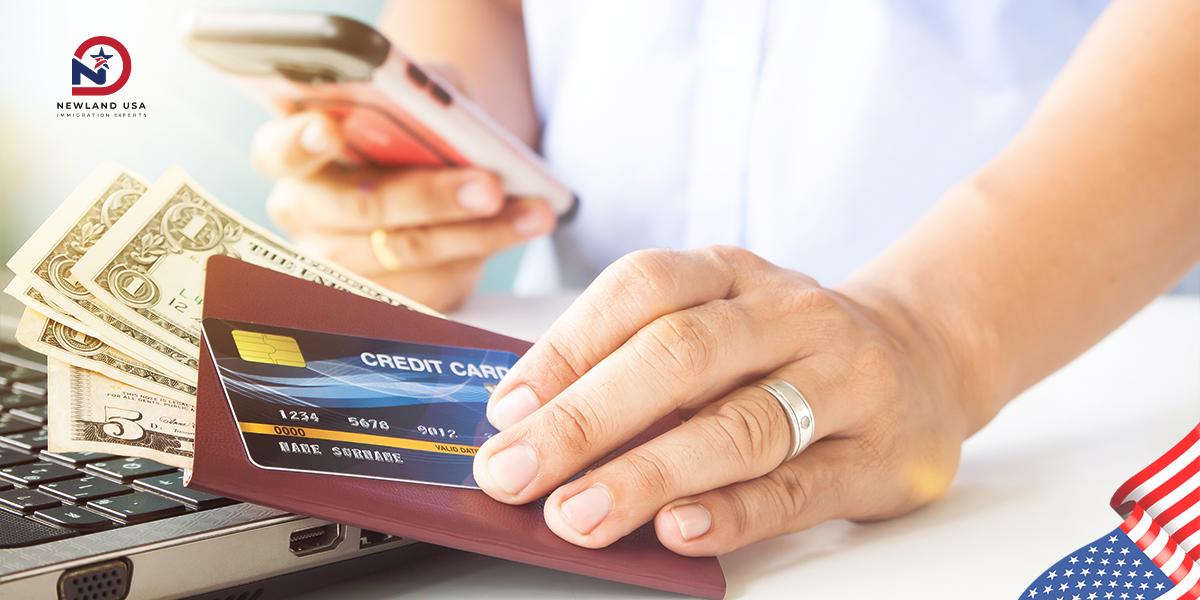
5. Long-Term Vision of Payment Digitization
USCIS’s move is not just a simple change in payment method but is part of the US government’s comprehensive digitization strategy. Eliminating paperwork in visa fee payment promises to bring many long-term benefits:
Reduced operating costs: USCIS can save significant resources from not having to process millions of paper checks each year.
Environmental protection: Reducing paper usage contributes to the government’s sustainable development goals.
Improved efficiency: With a digitized system, USCIS can process more visa applications in the same time period, reducing application backlogs.
Enhanced security: Electronic payment systems have higher security layers, helping prevent fraud and protect applicants’ personal information.
6. Support for Groups Facing Difficulties
While offering many benefits, this transition may also create barriers for some groups, especially:
- Elderly people unfamiliar with technology
- New immigrants without bank accounts
- Those without access to financial services
Recognizing this, many non-profit organizations, Vietnamese communities in the US, and immigration consulting agencies are expanding support programs. Immigration applicants can seek out these organizations for detailed guidance on payment methods and application preparation.
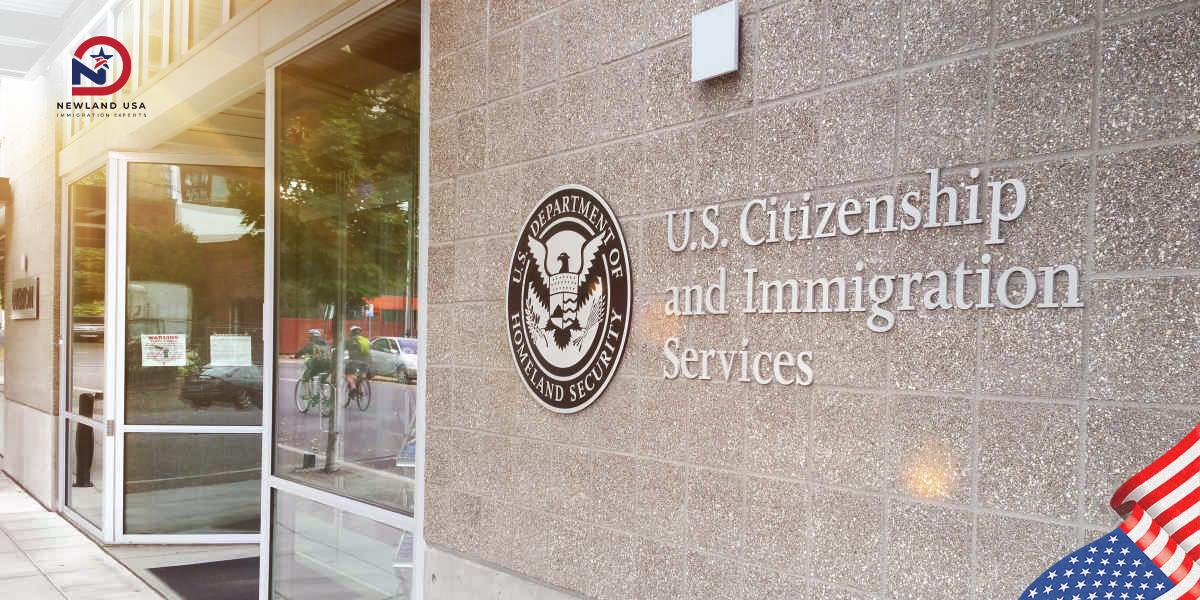
7. Conclusion
USCIS’s transition to electronic payment methods for visa fees is a positive step forward, aligned with global digitization trends. For those in the process of preparing immigration applications, understanding this information early and preparing adequately will help avoid unnecessary risks and ensure the application process goes smoothly.
At Newland USA, we not only provide US immigration services but also support clients on their journey to integrate into the culture of this new country. If you need more information, please contact Newland USA immediately via hotline 0785591988 or email: newsletter@newlandusa.asia for detailed and free consultation.
Learn more: 8 Common Mistakes That Cause EB3 Visa Applications to Be Delayed for Extended Periods
Learn more: The Most Frequently Asked Questions About EB3 Visa for U.S. Immigration – Updated 2025
Learn more: Visa Bulletin November 2025
Learn more: What should you prepare to increase your pass rate for EB3 Visa interview?
Learn more: Settling in the USA with EB3 Visa – The Solution to Long Waiting Lines of F3 Category




